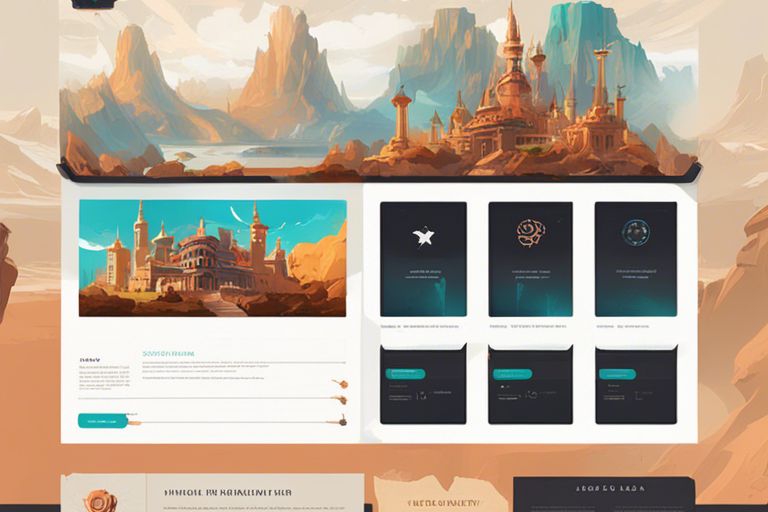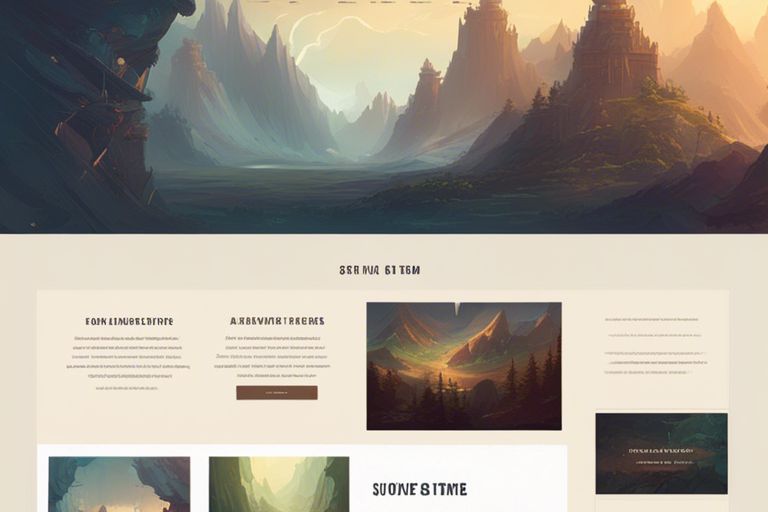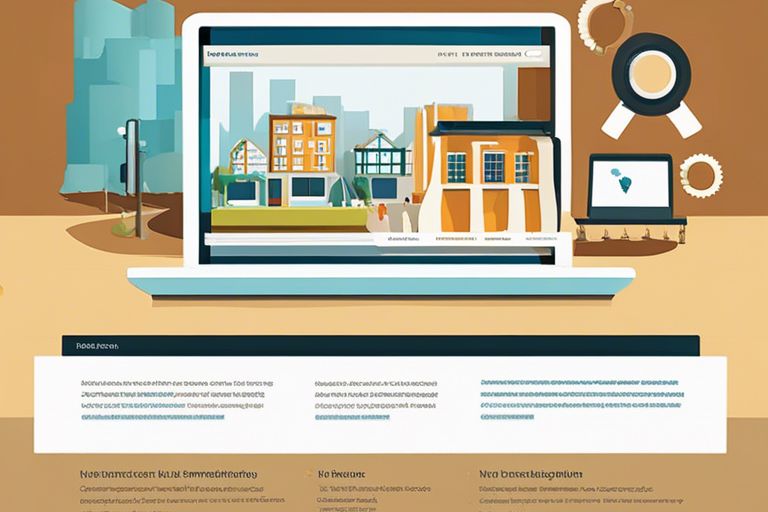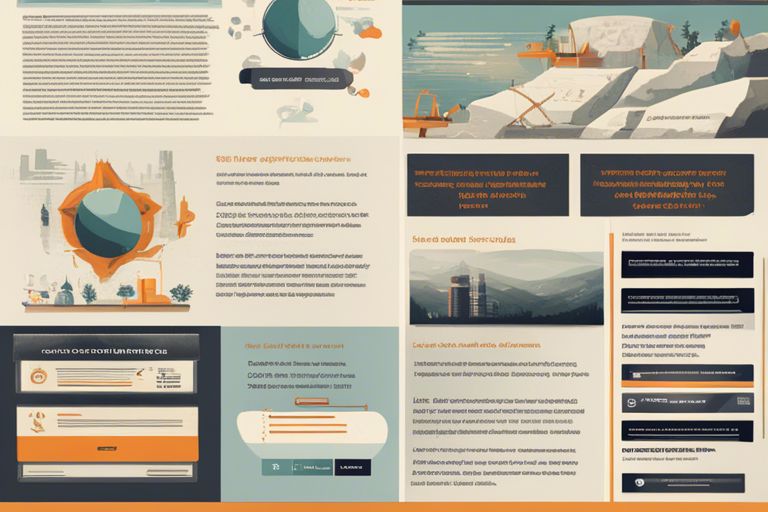
Many businesses know that a website redesign can be a game-changer for their online presence, but it’s crucial to approach it with caution. Following the right steps can lead to improved user experience, increased traffic, and higher conversion rates. On the other hand, ignoring key factors can have disastrous consequences for your website. In this blog post, we will explore the imperative dos and don’ts of redesigning your website to ensure a successful outcome and enhanced user satisfaction.

Key Takeaways:
- Do: Conduct thorough research on your target audience’s preferences and behavior to inform your redesign decisions.
- Do: Streamline your website’s navigation and user flow to provide a seamless and intuitive surfing experience.
- Don’t: Neglect mobile responsiveness – make sure your website is optimized for all devices to cater to a wider audience.

The Dos: Best Practices for Enhancing UX
Embrace Minimalism: Less is More
For a sleek and user-friendly website, less is definitely more. Embracing minimalism in your design can help declutter your pages and create a more enjoyable browsing experience. Opt for clean layouts, simple color schemes, and concise content to keep users engaged without overwhelming them.
Speed Thrills: Prioritize Page Load Time
Speed is key when it comes to enhancing user experience. Prioritizing fast page load times can make all the difference in keeping visitors on your site. Users are impatient creatures – a slow-loading page can send them running to your competitors in the blink of an eye. Make sure your website is optimized for speed to keep them engaged and coming back for more.
A slow-loading website can be the kiss of death in today’s digital age. Users expect instant gratification, and if your site takes too long to load, they won’t hesitate to bounce. Investing in tools and techniques to optimize your page load time is crucial for retaining visitors and improving your site’s overall performance.
The Don’ts: Pitfalls to Avoid at All Costs
Clutter Catastrophe: Don’t Overwhelm Your Users
Now, when redesigning your website, remember the golden rule: less is more. Resist the temptation to cram every bit of information onto a single page. Overwhelming your users with cluttered content, pop-ups, and too many CTAs will only drive them away faster than you can say “unsubscribe.”
Mystery Navigation: The Peril of User Confusion
Concerning website navigation, clarity is key. Don’t make users feel like they’re commenceing on a scavenger hunt every time they visit your site. Confusing menus, hidden links, and labyrinthine pathways will leave users frustrated and likely to bounce faster than you can say “404 error.”
Users crave simplicity and straightforwardness when navigating a website. Make sure your navigation is intuitive, with clear labels and easy-to-find menu items. Conduct user testing to ensure that even your grandma could find her way around your site without breaking a sweat.
The Art of Conversion
Calls to Action: Guiding the User Journey
Not all buttons are created equal when it comes to conversion. For the best results, make sure your calls to action are clear, concise, and compelling. Keep in mind, you’re not just asking users to do something; you’re guiding them on a journey towards a desired action. Whether it’s a button that says “Buy Now” or “Learn More,” make sure it stands out and entices users to click.
Trust Signals: Establishing Credibility Online
On the vast sea of the internet, trust signals are the lighthouses guiding users to safety. From customer testimonials to security badges, these signals play a crucial role in establishing credibility. Make sure your website includes trust signals strategically placed throughout the site to reassure users that they are in good hands. Keep in mind, trust is the currency of online business, so make sure your site is rich in it.
Action: With respect to trust signals, remember that consistency is key. Make sure your brand messaging, design elements, and testimonials all align to create a cohesive and trustworthy online presence. Users should feel confident in their decision to engage with your website, and trust signals help solidify that trust.
Testing, 1, 2, 3: Validating Your Redesign
Once again, you’ve explored into the exciting journey of redesigning your website for an enhanced user experience. Now it’s time to validate your efforts and ensure that your redesign hits the mark.
The Feedback Loop: Listening to Your Audience
Loop in your audience for the ultimate redesign success. Create feedback channels through surveys, user testing, and social media interactions. Bear in mind, your audience holds the key to what works and what doesn’t on your website.
Analytics as Your Compass: Measuring Success
Listening to your analytics is like having a GPS for your website. Track user behavior, engagement metrics, and conversion rates to gauge the effectiveness of your redesign efforts. Use this data to make informed decisions and steer your website in the right direction.
Feedback: It’s crucial to pay attention to the numbers and user feedback. They provide insights into what’s resonating with your audience and what needs tweaking. Don’t just rely on gut feelings; let the data guide you towards a successful website redesign.
To wrap up
With these considerations in mind, you are now equipped to tackle the redesign of your website for a better user experience. Keep in mind, do focus on mobile optimization, streamline navigation, and enhance visual appeal. Don’t forget to test, gather feedback, and iterate. Your website is the online face of your business, so make sure it’s user-friendly and engaging to keep your visitors coming back for more. Happy redesigning!
FAQ
Q: What are some key dos when redesigning your website for better user experience?
A: Do prioritize mobile responsiveness to cater to users on the go. It’s 2022, not 2010.
Q: Are there any don’ts to avoid when revamping your website for enhanced user experience?
A: Don’t overload your website with flashy animations and pop-ups. You’re not a Las Vegas billboard.
Q: How can I ensure a seamless user experience during the redesign process?
A: Test, test, test! Don’t unleash your half-baked redesign upon the unsuspecting public. User feedback is your best friend.
Related Articles
Depeche Code
April 30, 2024
Depeche Code
April 25, 2024
Depeche Code
April 22, 2024




